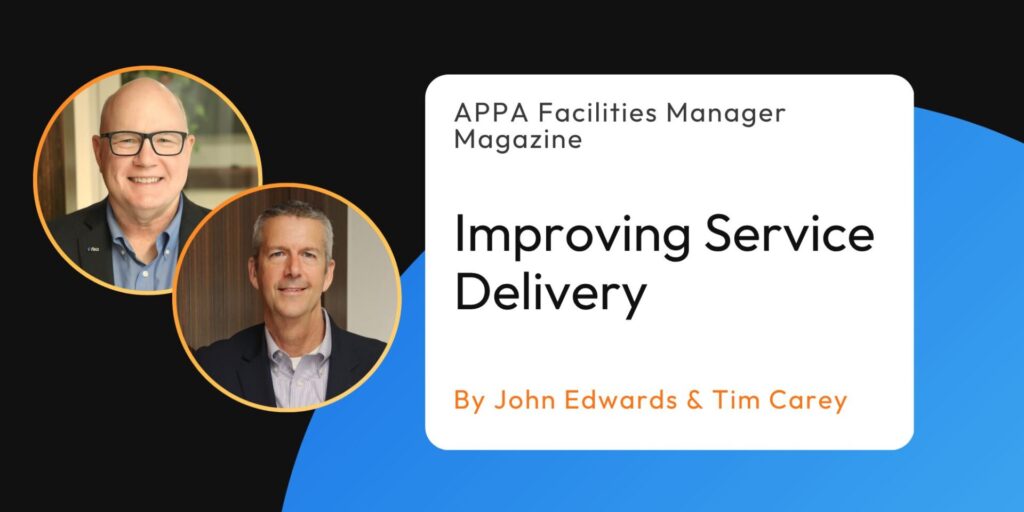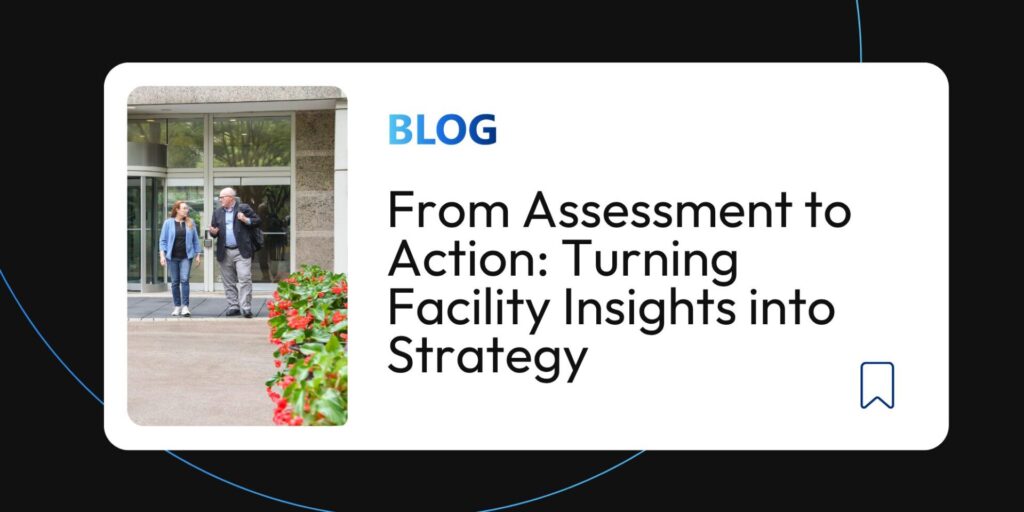This article is based on “Wait, How Much Funding is Needed?” written by Maureen Roskoski for FM Professional, the magazine of IFMA’s Corporate Facilities Council. Originally published to address the challenges of securing proper facility funding, this adaptation expands on the key strategies organizations can use to align programming goals, operational needs, and long-term capital planning to ensure financial stability and bridging the facility funding gap. Read the original article here.
The Challenge: Bridging the Facility Funding Gap
“How much funding is needed?” It’s a question facility managers hear often from leadership. Sometimes it comes in the form of, “Why do we need three times last year’s budget?”
For organizations managing large facility portfolios, these conversations can be frustrating—but they’re not surprising. Many capital expenditure forecasts feature dramatic peaks and valleys, making it difficult to secure steady, reliable funding. Without a clear and strategic approach, facility managers often find themselves caught in a cycle of deferred maintenance, emergency repairs, and a constant struggle to justify funding requests.
To break this cycle, facility funding must align with an organization’s programming goals, operational requirements, and long-term capital renewal plans. This strategic approach ensures that funding decisions directly support the organization’s mission while addressing critical facility needs in a sustainable way.
The Cost of Reactive Planning
Too often, facility managers are forced into a reactive stance. With limited budgets and urgent maintenance issues, long-term capital planning takes a back seat. This reactionary approach leads to deferred maintenance, which compounds over time, increasing operational risk and escalating future costs.
The root of this problem? Insufficient funding and resources. Without a structured, data-driven approach to planning, organizations struggle to justify financial requests in a way that resonates with leadership and stakeholders.
To shift from reactive to proactive, facility managers must build a funding strategy that is clear, data-backed, and aligned with organizational priorities.
Six Key Steps to Determining Facility Funding Needs
1. Understand Programming & Stakeholder Needs
Funding requests must be tied to the mission of the organization. Facility managers should start by assessing how spaces are used, what future demands may arise, and how facilities support core programming. When funding aligns with organizational priorities, leadership is more likely to approve financial requests.
2. Assess Facility Conditions
A thorough Facility Condition Assessment (FCA) provides a data-driven foundation for planning. It evaluates the current state of assets, identifies necessary repairs or replacements, and highlights potential risks.
However, many FCAs present highly detailed, component-level data that can overwhelm decision-makers without offering clear, actionable insights. Instead of relying on traditional forecasts with unpredictable peaks and valleys, facility managers should focus on long-term capital planning that creates a steady, predictable funding strategy.
3. Evaluate Operational Efficiency
Facilities must be managed efficiently to optimize costs. By identifying operational inefficiencies, facility managers can reduce unnecessary expenses and improve resource allocation. Proactive maintenance strategies and smart building technologies can further enhance efficiency and extend asset life cycles.
4. Determine Target Funding Levels
Once programming needs, facility conditions, and operational efficiencies are assessed, it’s time to define how much funding is needed. What is the “right” funding level to maintain facilities effectively?
One valuable metric is the Facility Condition Index (FCI), which helps organizations determine an acceptable level of asset degradation. Leadership can then view funding needs as a risk management decision, rather than just another budget line item.
5. Prioritize Projects Strategically
Not all facility needs carry equal weight. To ensure that limited resources are allocated effectively, capital projects should be prioritized based on:
✔️ Safety & risk mitigation
✔️ Regulatory compliance
✔️ Mission-critical operations
✔️ Impact on stakeholders
By ranking projects according to these factors, organizations can make informed decisions that maximize long-term benefits.
6. Align Workforce Capacity with Funding
Facility managers must also consider the workforce needed to execute capital projects. Even with secured funding, an understaffed or undertrained team may struggle to complete projects efficiently. Aligning staffing levels and skill sets with planned capital investments ensures that resources are utilized effectively.
The Path to Sustainable Facility Funding
Facility funding isn’t just about securing a budget for repairs—it’s about aligning financial strategies with long-term organizational goals. By following these six steps, facility managers can shift the conversation from reactive funding requests to proactive, strategic planning.
In the end, a well-funded facility portfolio is not just an operational necessity—it’s an investment in the stability, efficiency, and future success of an organization.




